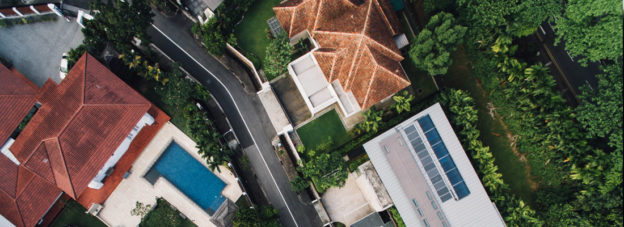Often times, both contract and tort claims co-exist in a subrogation matter and the line between the two can be blurred. This is especially true in the context of damages resulting from new home construction defect claims. However, states are increasingly attempting to define the scope of when the “gist of the action” is based in contract only. In Tingler v. Graystone, 834 S.E.2d 244 (Va. 2019), the Supreme Court of Virginia defined that scope in terms of new home construction. The court defined the “source of duty rule” by holding that claims of nonfeasance sounding only in contract do not give rise to an independent tort claim. The court also reiterated its application of the economic loss doctrine, stating that, when negligent actions result in damage to property other than the product itself, there can be a viable tort claim.
In this case, George and Crystal Tingler (the Tinglers) entered into a contract with Graystone Homes, Inc. (Graystone) in 2009 to build a new home on the property owned by the Tinglers’ family-run company, Belle Meade Farm, LLC (Belle Meade). In 2010, the Tinglers discovered leaks at their patio French doors in their dining room. They reported the issue to Graystone, who applied additional sealants and replaced damaged flooring. In 2011, the Tinglers again discovered leaks in the dining room, and again reported it to Graystone. Graystone responded by adding flashing and replacing hardwood flooring. The Tinglers and their children suffered medical symptoms in 2014 and eventually confirmed the presence of mold throughout the home and moisture in the area of the patio French doors, windows and hardwood flooring. That October, Graystone conducted remediation work in response to the Tinglers’ further reports, including removing and reinstalling the French doors (with drain pans underneath), the windows and hardwood flooring and, eventually, installing additional sealants and applying anti-microbial solution to help clean up the mold. Graystone came out later that month and, among other actions, cut a hole in the wall, revealing a large section of moldy insulation. Graystone placed containment sheeting in the dining room in November of 2014 and the Tinglers moved out of the home a week later. After moving out, inspectors confirmed elevated levels of mold and moisture and determined that Graystone improperly applied the containment sheeting.
In 2015, the Tinglers filed suit against Graystone, alleging tort and contract claims based both in personal injury and property damage.[1] The circuit court, based on the source of duty rule, sustained the defendant’s demurrers on the Tinglers’ tort claims. The court again sustained the demurrers after the Tinglers filed amended complaints. The Virginia Supreme Court then took up the appeal.
The court first reasoned that while negligent acts of misfeasance during the construction process can implicate tort liability for foreseeable personal injuries, only “peculiar circumstances” that create an inherently or imminently dangerous condition can be the basis for tort liability after the delivery of the new home. In this case however, the court held that allegations that Graystone made the original condition worse in its subsequent repairs and created new injuries or aggravated preexisting injuries could theoretically support a tort claim.
The court went on to define the economic loss doctrine in the context of construction as the preclusion of tort recovery for economic loss attributable to the alleged breach of contract or to the home itself. However, the court adopted the “other-property exception” to the doctrine, holding that to the extent Graystone’s misfeasance in its repairs caused personal-property damage, the Tingler’s tort claims were viable.
These holdings are important because they set the parameters for pleading tort and contract claims in Virginia. In a new home construction case, where there is almost always an underlying contract involved, subrogation practitioners need to mine the facts of their case to determine if there is a legitimate basis to allege an independent tort claim. To do so after delivery of the new home, they will need to prove such peculiar circumstances as discussed by the court. Furthermore, practitioners should be aware that they can avoid preclusion of their tort claims based on the economic loss doctrine when they are claiming personal property damage.
[1] There were several complaints filed by the Tinglers individually and as Belle Meade. Since the procedural bases for this occurring pertain to the standing-based arguments at issue in this case and not the court’s tort versus contract analysis, the details of those pleadings will not be discussed.

